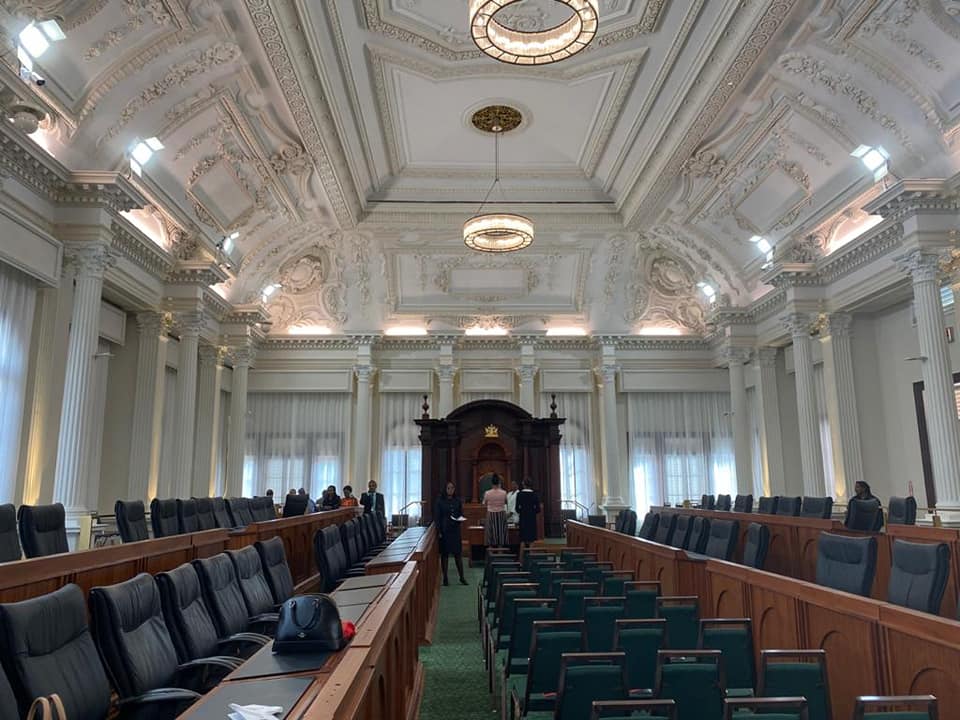 The Council and Staff of the National Trust rejoice in the reopening of the Red House, the seat of our democracy. It is our fervent hope that the grandeur of the Red House will spark a desire in citizens to preserve, cherish and celebrate all heritage symbols that entwine our shared past with our shared future. The National Trust wishes to thank all those who have contributed to the restoration of the Red House and other heritage properties that are the inheritance of every citizen of Trinidad and Tobago.
0 Comments
A contingent of dancers from Trinidad and Tobago has triumphed in different categories at the World Salsa Summit.
Of the six categories they entered, the team placed in five. The dancers have emerged victorious with first place in the Pro-Am Mens Salsa Shines category, second places in the Pro-Am Ladies Salsa Shines and Amateur Mens Salsa Shines categories and third places in the Amateur Ladies Shines and Amateur Small Team Salsa categories. The competition, which is taking place in Miami until January 13, pits the best salsa dancers in the world against each other. Kurt Thorne, known as DJ Fluffman in the local Salsa world, said this is the first time T&T has fielded such a big contingent of about 20 dancers. “We are totally blown away,” he said. ‘This is the first time a small country like us are going up there and competing against the best in the world and for us to come away with trophies is amazing.” He said the team comprised instructors, teachers and dancers from various schools who came together to train under renowned instructor Nelson Flores. Flores, his son Devin Flores and Destiny Garcia, directors of Descarga Latina New York, together with Martin Jim of Salsa Fiesta T&T gave the dancers the opportunity to audition and form Descarga Latina Trinidad and Tobago. As such, the team received expert choreography and top-level coaching which helped them to make their mark on the competition. The team also received support and training from their local coaches Ade Smart and Karline Braithwaite. Source: The Loop, Jan 10, 2020 This David Moore painting is yet another excellent rendition showing the arrival of a TGR Train. Probably the 1:05 pm ex Port of Spain or perhaps the 4:25 pm.
Note the figures on the right: The Station Master who is second from right is receiving the "tablet" from the Engine Driver or is it the Fireman? Notice the colours of the coaches indicate the real TGR, pre-PTSC. That Gentleman with the children should not be walking on the tracks, but this is merely artistic licence. On a normal day(during school time) the 4:25 pm ex POS would depart with 700 or so persons. These coaches had a capacity of 96 passengers seated (2 per seat), or 144 sitting 3 per seat. That large wagon at the back of the train, behind the four coaches is the Brake Van. That would also carry excess passengers and any wheelchair passenger. In a previous time it would also carry the goods of small traders who would have made their purchases in Port of Spain. If it is the 4:25 pm, it would sleep overnight in Arima to be joined later by the 6:10 pm ex POS. They would depart next morning at 6:29 am and 7:00 am for Port of Spain. In the last years of the Railway the 6:29 am became 6:30 am. The 6:29 am would run non-stop from San Juan, omitting Barataria, Morvant and Laventille arriving Port of Spain 7:31 am with a steam engine or 7:33 am with a diesel-electric engine. Essentially the running-time was 1 hour 8 minutes making all the stops. Thanks to Glen Beadon for sharing this article written by his friend on ABVMOTT. "Credit must go to my good friend Mr Ruthven Bunting. A beautifully written account of this magnificent painting by another friend, the one and only, David Moore. Source" Virtual Museum of TT The Red House has been proclaimed as the place for the continuation of Parliament.
A statement from the Parliament yesterday showed a legal notice signed by President Paula-Mae Weekes where she appointed the Red House as the place at which the Fifth Session of the Eleventh Parliament shall continue. Here is the full text of the proclamation below: WHEREAS it is provided by subsection (1) of section 67 of the Constitution of the Republic of Trinidad and Tobago, that each session of Parliament shall be held at such place within Trinidad and Tobago and shall commence at such time as the Restoration works have been ongoing at the Red House, which housed Parliament for decades. Last last year it was announced that sittings of the Upper and Lower House would return to the Red House this month after being housed at the International Waterfront Complex, Port-of-Spain for the last eight years. Government said last year it would take some time for Parliament staff and operations to move into the Red House and this would be done during while the houses were on recess. It was not the first time the historic Red House had to be restored or rebuilt. The original building was destroyed in 1903 water riots and rebuilt in 1907. It was given its famous coat of red paint in 1897 when this country, which made up British colonies, prepared to celebrate then Queen Victoria’s diamond jubilee. President may by Proclamation appoint: Now, therefore, I, PAULA-MAE WEEKES, President as aforesaid, do hereby appoint the Red House, Port-of-Spain, Trinidad, as the place at which the Fifth Session of the Eleventh Parliament of the Republic of Trinidad and Tobago shall continue. Given under my Hand and the Seal of the President of the Republic of Trinidad and Tobago at the Office of the President, St. Ann’s, this 10th day of January, 2020. Source: Trinidad Guardian, Jan 16, 2020 ALPINE SKIER BECOMES FIRST TRINIDAD AND TOBAGO ATHLETE TO COMPETE AT WINTER YOUTH OLYMPIC GAMES1/20/2020 WITH THE TRINIDAD AND TOBAGO FLAG WAVING AND HER PARENTS CHEERING AT THE FINISH LINE, ABIGAIL VIEIRA MADE HISTORY BY BECOMING THE FIRST ATHLETE FROM THE DUAL-ISLAND CARIBBEAN NATION TO COMPETE AT A WINTER YOUTH OLYMPIC GAMES. The 17-year-old Alpine skier was born in the United States but chose to represent her parents’ homeland at Lausanne 2020.A day after serving as Trinidad and Tobago’s flagbearer in the Opening Ceremony, Vieira competed in the women’s Super-G at Les Diablerets, the first medal event at Lausanne 2020.
She placed 42nd out of 62 competitors, finishing in 1 minute, 2.58 seconds. But neither the time nor the result mattered: representing the nation on the global stage was what counted most. “This is the greatest day for me,” Vieira said moments after crossing the finish line. “I wanted to ski for Trinidad because they never had a skier before at the Youth Olympics. “I just thought it would be a great opportunity to show that part of me. It’s very special to me because my parents are from Trinidad. Yes, I could have chosen the US but I can share more of my story this way.” Waiting to embrace Vieira at the finish were her father Richard, mother Allison and 19-year-old sister Ria. Her father serves as the chef de mission for the Trinidad and Tobago team, while her sister is the assistant coach. The family lives in Boston. “It is a crazy feeling,” Vieira said. “Today I have represented a part of me that has not been shown on slopes before. It is great to have my family there. 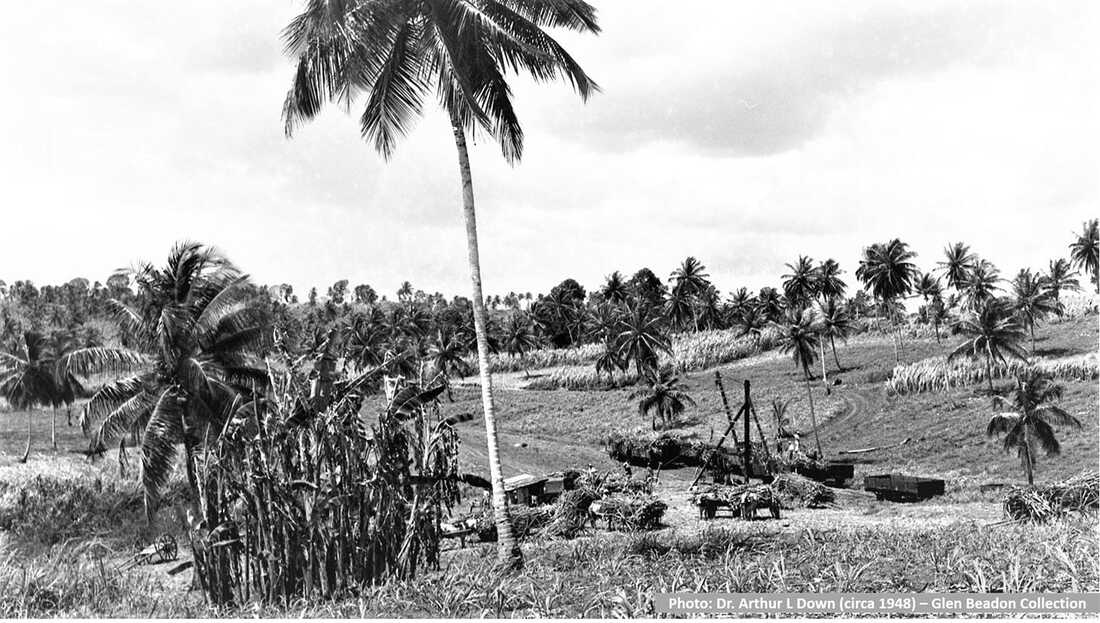 Photo by Dr Arthur Down circa 1947 - Cane at railhead being loaded upon rail cars for onward haulage to factory. Note the early timber rail wagons and old-style derrick complete with mule-power winching apparatus. Cane fields, coconut and banana trees flourish together under the tropical sunshine. A collection of animal drawn carts, awaiting their turn for loading up. A period picture that remained unchanged for almost 150 years across the Naparimas of South Trinidad. HISTORY So many factors in history are linked. A very good example of this in Trinidad is Cane Farming and the railways that served the practice. Few people today understand the role played by private cane farmers and the rich history associated with it. It is recorded that Cane Farming in Trinidad was started in 1882 by Sir Neville Lubbock, who was the Managing Director of the Colonial Company (at Usine Ste Madeleine 1870 - 1895). The idea of creating cane farmers was born out of the need to increase grinding capacity without having to increase company personnel. The advent of railways across Trinidad allowed cut canes to be transported from any part of the island to the central factories. Cane farmers would benefit from selling their produce without the need for capital investment and the cost of building and running a factory. In 1896 some of the leading planters were willing to receive immigrant farmers and their families and to allot to each half of an acre of land free of rent as a garden, to be planted as the immigrant pleased. In addition to this a certain amount of cane land was appointed to each immigrant upon which he was required to plant canes. Once cane was ripe and ready for harvesting, this cane would be purchased by the planters at a rate of nine shillings per ton, if delivered to the mill. If, however, the estate was required to cut load and cart the cane to factory, then the rate would be six shillings per ton. As time went on cane farmers increased their acreage across their own private lands and with the expansion of railways the business became much more worthwhile due to increased volume, but it did of course suffer during periods of world market volatility. The cane farmers across Trinidad became an important partner in the sugar industry and a stabilizing force in the country. Their reliance on the railway was apparent right up until 1998 when the railway between Barrackpore and Ste Madeleine was closed. To provide some idea of this association between farmers and the railway, in 1955 the Trinidad Government Railway (TGR) carried 200,000 tons of cane to factory which was about 11% of a total of 1,800,000 tonnes of canes milled that year. At that time, sugar canes were carried at rates far below cost, under what was regarded as a Government subsidy to the sugar industry. This low rate was specifically designed to help private cane farmers to get their produce to the factories. In 1956 the ‘Cane Farmers Association’ was founded and it became a highly effective mouthpiece in dealing with Government and the sugar Manufacturers. In 1963 alone there were some 11,000 cane farmers in Trinidad, and at the time they produce about 35% of the ground cane, a very respectable contribution. If we look at the 1969 figures for cane transported by rail across Trinidad it is clear to appreciate the relation between farmers and their reliance on rail transport. Out of 695,300 tons of canes transported by rail that year a total of 394,800 tons was farmers cane. The total transported by road shows that rail was, at that time, in the process of being ‘phased out’ with 1,048,400 tons carried by tasker trucks. Out of this total, only 153,000 tons was farmers cane. After the TGR folded in 1968, it was Caroni (1975) Limited which carried on the Trinidad railway tradition for a further 30 years. At first both the Northern Division at Brechin Castle and Southern Division at Usine Sainte Madeleine would continue with their rail transport divisions. The northern division was the first to go at the end of the 1976 season, but Usine Ste. Madeleine continued running trains until 1998. Extraction of high-quality farmers’ cane from the valley line in Barrackpore was instrumental in retaining this railway for as long as it did. The sugar industry in Trinidad folded five years later in 2003. We should never forget the contribution and extremely hard work made by Cane Farmers to an industry that was once a thriving concern across Trinidad and Tobago. Source: Glen Beadon 10 December 2019, Virtual Museum of TT Sam Mendes poses in the press room with the awards for best director, motion picture and best motion picture drama for "1917" at the 77th annual Golden Globe Awards at the Beverly Hilton Hotel on Sunday, Jan. 5, 2020, in Beverly Hills, Calif. (AP Photo/Chris Pizzello) British filmmaker Sam Mendes has thanked his Trinidadian grandfather for inspiring his film 1917.
In his acceptance speech as winner of the Best Director of a Motion Picture at this weekend's Golden Globes awards, Mendes praised his grandfather Alfred Hubert Mendes. "He signed up for the First World War, age 17 and I hope he is looking down on us and I fervently hope it never ever happens again," he said. Born in Trinidad in 1897, Alfred went to England at the age of 15 to attend school but enrolled in the army where he served in the Rifle Brigade. The movie 1917 is loosely based on Alfred's role as a messenger during the war which is chronicled in his book: The Autobiography of Alfred H. Mendes 1897–1991 published in 2002 by the University of the West Indies Press. Referencing the book, the site History vs Hollywood said that after serving with the 1st Battalion Rifle Brigade, Alfred was sent to Oisemont, not far from Dieppe, France, where he trained to be a signaller. He was then sent to the Battle of Passchendaele in Belgium. On October 12, 1917, hundreds of British soldiers, including Alfred, set out to reclaim the village of Poelcappelle, which had been overtaken by the Germans. The British soldiers suffered heavy losses with 158 of the 484 men in Alfred's battalion killed, wounded, or unaccounted for. Alfred volunteered to be a runner to locate the positions of the survivors so they could be rescued and for his efforts, he received the Military Medal of Bravery. Following his service, Alfred returned to Trinidad and established himself as a writer. He produced a literary magazine called Trinidad with CLR James and contributed to The Beacon journal in Trinidad among other publications in the US and Europe. He authored two novels, Pitch Lake in 1934 and Black Fauns in 1935. In 1940, according to Wikipedia, Alfred abandoned writing and became the General Manager of the Port Services Department. He was also one of the founding members of the United Front, a party with socialist leanings that participated in the 1946 general elections. Alfred died in 1991 in Barbados. Source: The Loop, January 8, 2020 |
T&T news blogThe intent of this blog is to bring some news from home and other fun items. If you enjoy what you read, please leave us a comment.. Archives
June 2025
Categories
All
|




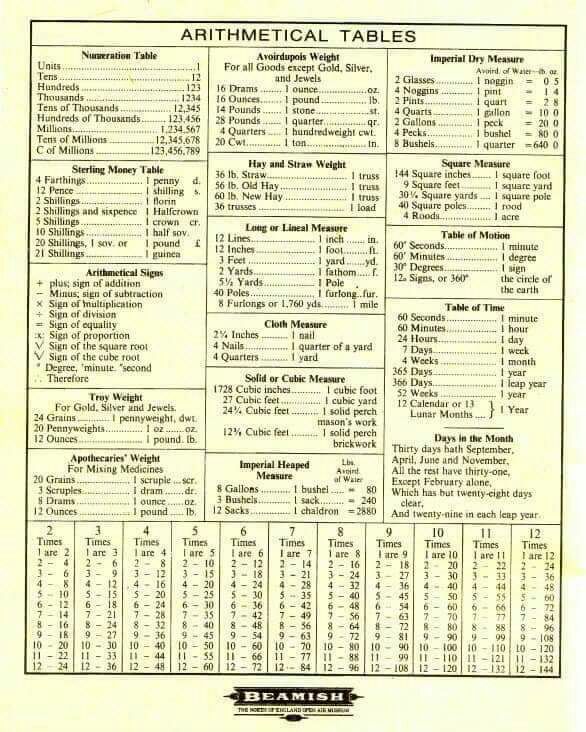

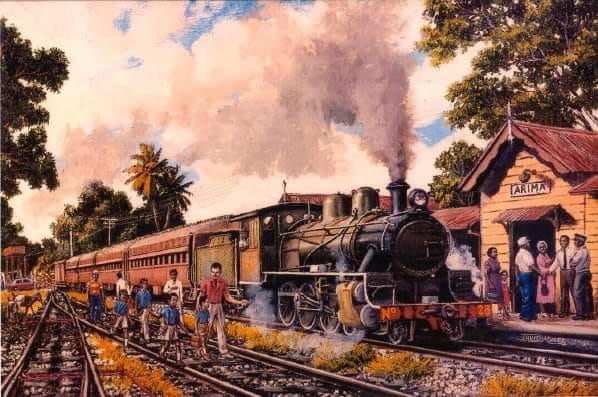
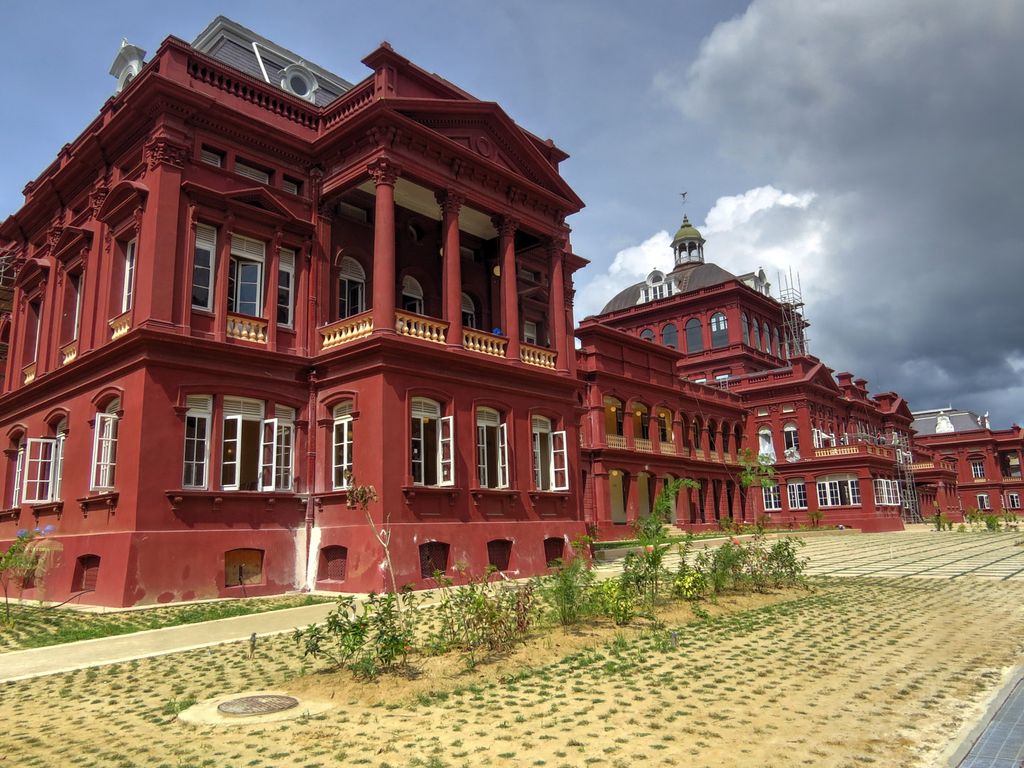




 RSS Feed
RSS Feed